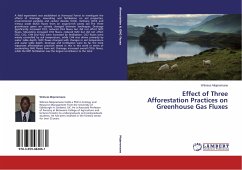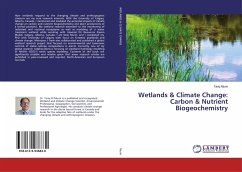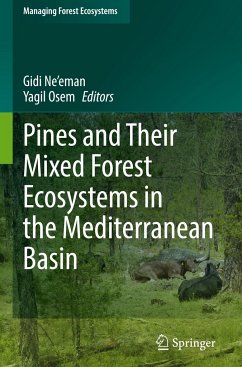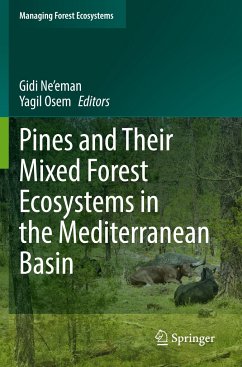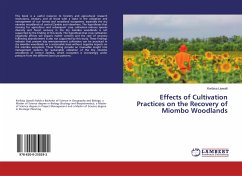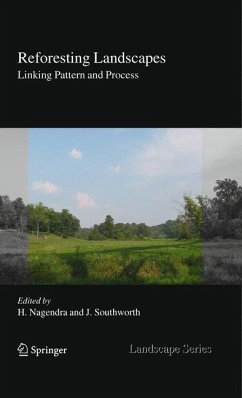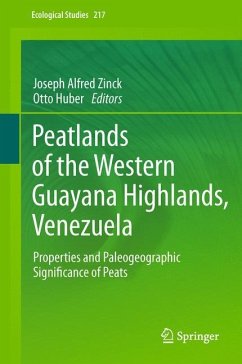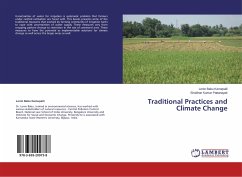
Optimal practices in the afforestation of cutaway peatlands
How to successfully establish a forest resource on industrial cutaway peatlands
Versandkostenfrei!
Versandfertig in 6-10 Tagen
52,99 €
inkl. MwSt.

PAYBACK Punkte
26 °P sammeln!
Peat extraction occurs right across northern Europe and North America. Afforestation has been considered one of the most feasible after-use alternatives for the degraded habitats that are cutaway peatlands'. In Ireland, research was initiated to generate optimal practices that represent the most appropriate methods (species, seedling characteristics and management operations) for the successful afforestation of industrial cutaway peatlands and the creation of new sustainable forests, compatible with environmental imperatives. This research established that with good planning and the applicatio...
Peat extraction occurs right across northern Europe and North America. Afforestation has been considered one of the most feasible after-use alternatives for the degraded habitats that are cutaway peatlands'. In Ireland, research was initiated to generate optimal practices that represent the most appropriate methods (species, seedling characteristics and management operations) for the successful afforestation of industrial cutaway peatlands and the creation of new sustainable forests, compatible with environmental imperatives. This research established that with good planning and the application of site- specific establishment procedures, satisfactory results could be obtained, using intensive site evaluation procedures. While Norway spruce may be the most suitable commercial forest species, a range of other conifer and broadleaved species can be established successfully. The variation in site conditions encountered in any given site means that, not one, but several species might flourish within a given area, thus enhancing the sustainability of these new forests. This research should help students, researchers as well as foresters and land managers.



